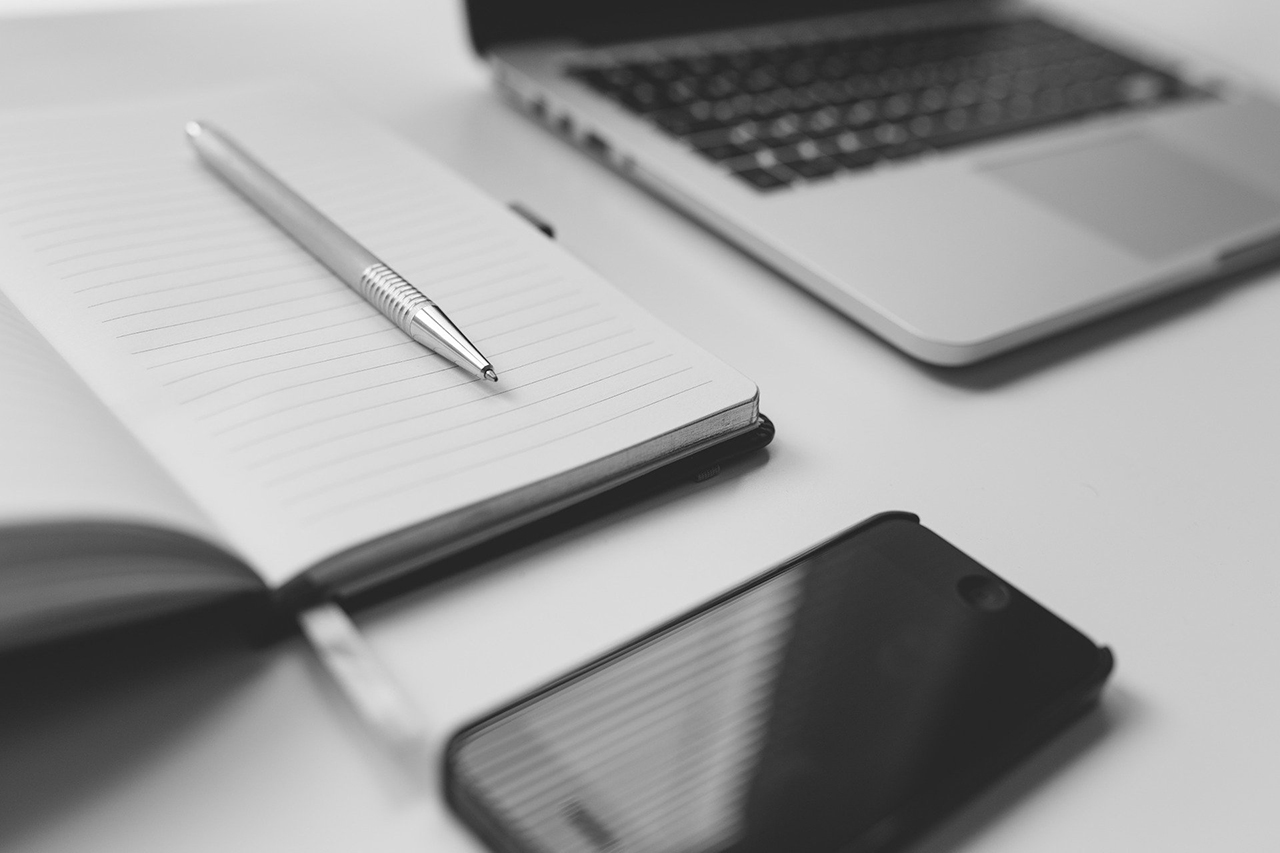Social etiquette at work has undergone a huge upheaval in the past few decades with the advent of emails, messaging, and cellular phones. Many people are uncertain as to what proper workplace etiquette is, or why it’s important. In addition to keeping social interaction as comfortable and polite as possible, much communication etiquette is geared towards efficiency.
Proper etiquette can save you and your colleagues time, making it every bit as vital in the modern workplace as it was in generations past. Most of these communication etiquette tips require a small investment of time initially that will save you hours in the long run.
Return messages as promptly as possible.
With so many emails, voicemails, and memos, it’s easy for things to pile up. But it’s vital that you make the effort to return every message within one business day. Your colleagues’ work is waiting for your answer or approval, so don’t hold them up any longer than necessary.
Ideally, you should reply through the same medium (that is, reply to emails with emails, voice messages with phone calls, etc.), but the most important thing is that you respond promptly.
Stop sending unnecessary replies.
Though it will cost you a few seconds more, this communication etiquette tip will save your coworkers valuable time that would be spent reading and deleting unnecessary emails.
When replying to an individual in a group email, double-check the CC line. If you’re working on a group project and want everyone to see your message, leave it as it is to send your reply to everyone involved. If not, make sure you remove other addresses.
Always address your emails.
It’s tempting to dive right into your message, but addressing the person you’re writing to can prevent future confusion.
Even if you’re friendly with the recipient, make sure to start with an address, such as “Hello, John.” If you aren’t on a first-name basis this is even more important from an etiquette standpoint. A “Good morning, Mr Smith,” will be fine.
Offer your workplace contact information.
When you’re introduced to a new coworker, especially one you’ll be working with closely, make sure you give and get their workplace contact information. This communication etiquette tip requires you to offer your information first.
For example, “It’s great to meet you. If you need to contact me, my work address is Jsmith@company.” They should reply in kind, but if they don’t, you can politely ask for something like, “What’s the best way for me to contact you?”
Getting this information at the outset will save you from looking it up or awkwardly asking for it later.
When leaving your number in a voice mail, state it twice.
When you are leaving a voicemail to someone, try and state your contact number twice. This is helpful when you are especially calling someone who may not already have your contact number. Say it once at the start of the call. And again say it at the end of the call like “and again my contact number is…”.
For example: “Hello, my name is X and you can reach me at (number). I’m calling because (reason). And again my number is (number).”
If the receiver missed your number at first, then they get another chance to note down your number at the end of the message. It prevents them from having to listen to the entire message again to note down the phone number. This makes it easier for the person to return your call.
Communicate directly.
Unless you have a specific reason for doing so, never ask a coworker a question or give them information by way of someone else. It’s impolite and time-consuming to your go-between, it opens the door wide for miscommunication, and it sends the message that you don’t care enough to deliver your own message.
Start implementing these communication etiquette tips to see how simple and admired your professional communication becomes.
